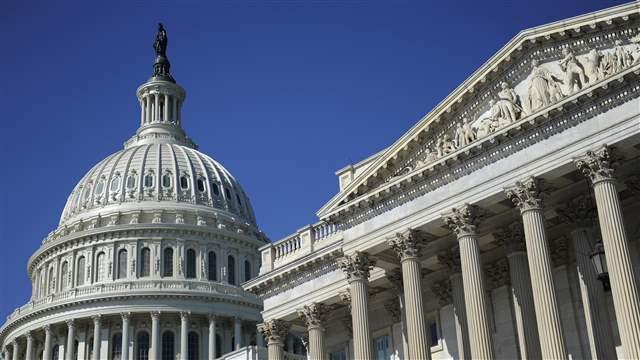The basic concepts underlying the U.S. government’s budget are in disarray. Consider that there is no generally accepted practice about how to deal with such things as what the budget should include, how spending and revenues are defined, or how the budget should be displayed to show the economic impact of different forms of spending.
The 1967 Report of the President’s Commission on Budget Concepts addressed some of these issues and led to some reforms, such as the unified budget. But many issues remain unresolved. It is time to create a new Commission to address several budget concepts, including:
- The scope of the budget. Some programs are “on budget” while others are “off budget.” Moreover, the way the budget should treat government sponsored enterprises and other government-private partnerships needs to be clarified.
- Defining spending and revenue. The distinction between taxes and spending has become muddled and needs to be addressed. For example, “tax expenditures” and “offsetting collections” should to be defined more precisely and their placement in the budget reconsidered.
- The economic impact of different types of spending. A new Commission needs to recommend better ways of showing the impact of such things as government purchases of securities, trust funds, capital investments, and loans or guarantees.
Although the topic of budget concepts may seem dry and technical to most Americans, and even lawmakers, almost all of these issues are important economically and have an important political dimension. How the budget is organized and its components are defined and represented gives a particular impression about how much money government raises and spends, and what it does with that money. So clarifying the way the budget is arranged and defining budget items has important implications.



